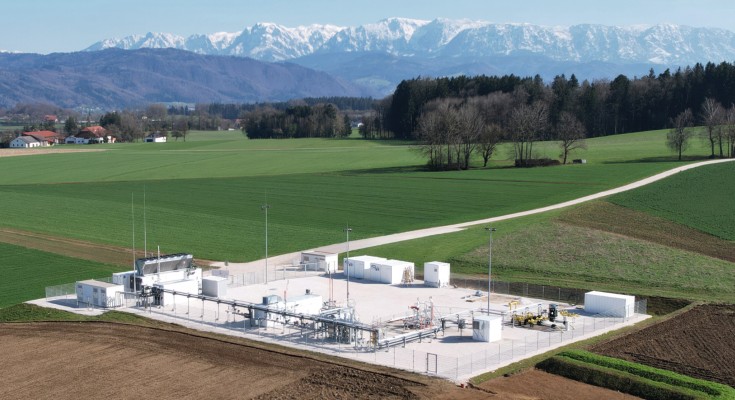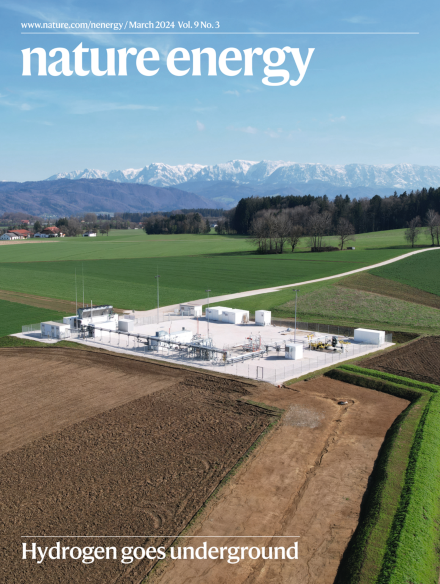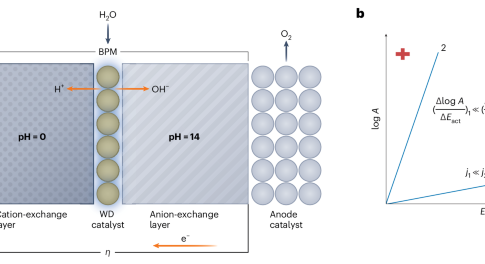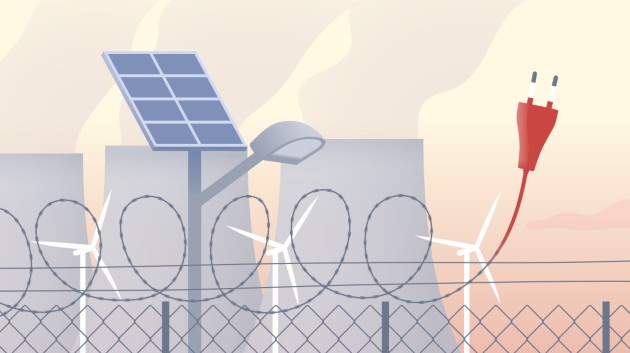
Read our March issue
This month we look at hydrogen storage into subsurface environments, decarbonization pathways in low and lower–middle income countries, perovskite-based solar cells, and more.

This month we look at hydrogen storage into subsurface environments, decarbonization pathways in low and lower–middle income countries, perovskite-based solar cells, and more.


The activation barriers of interfacial energy conversion reactions are key to controlling the efficiency of electrolysers. Work on the structural dynamics of water during charge transfer at electrified solid/liquid interfaces now brings greater understanding of the components of the activation barriers for water dissociation and hydrogen evolution.
